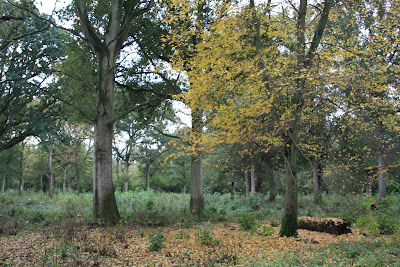These are sketches I created for the character in my mothion graphic, I will develop their designs further as I progress with the creation of the animation.
These are two iterations I created for my narration of the motion graphic, the first contained too much text and speech of different characters, and so I shortened this version and created the latter.
Once upon a time in a small Norfolk village lived a wealthy
man and his wife. They had two beautiful children named Bill and Bob (need to
change names) and for a while, everything was good.
The children’s mother became very ill, and died not long
after the daughters 3rd birthday leaving the father to bring up his
children alone.
Barely a year later, Clouded by sadness and grief, the
fathers’ health dwindled and sickness ran through him.
As he lay on his death bed, the children scared to lose
their father, and the father scared for the fate of his children after his
passing, he called for their uncle, who rushed to his brothers’ side.
“I need you to take care of my children, nurture them and
keep them safe”
“Of course dear brother, I will raise them as if they were
my own”
And with his final breath, he whispered thankyou and slipped
into an endless sleep. And so, the two children were whisked away to live with
their new family.
The uncles’ family welcomed the new children and life seemed
to be getting better for them. But barely a year had passed when the uncle
decided the children were a burden to him and his money and so told his family
he would send them to London where they would be cared for better.
However, the wicked uncle had different plans; instead he
hired two ruffians to kill the children, in order to gain their inheritance.
And so the ruffians came and took the children off into the
Wailing woods and they walked until they were deep enough to not be found…
The kinder of the two men took pity on the children and
stopped the other from completing their task. Angry that he would not get his
pay, the ruffians began to fight and the kinder managed to kill the other.
The man, looking at the poor frightened children, reassured
them and promised to gather some food and return as quickly as possible.
Left scared and alone, the children waited and waited for
the man’s return, but he never came.
It is believed that the children, unable to find food or
water, found shelter in a great oak and died in each other’s arms before robins
came and covered their innocent bodies in oak leaves.
However, that’s just one theory….
Version Two
Once upon a time, in a rural English
village, there lived a Man and his wife, and their two beloved children. And
for a while, everyone was happy.
But happiness doesn’t always last,
and the two parents were soon overcome with sickness, but did not survive,
leaving the children orphaned and in the care of their wicked Uncle.
Within a year, the Uncle had grown
tired of the children, and discovered he would gain their inheritance if they
died before coming of age, and so he set out to find two criminals and offered
them money in exchange for killing the two siblings.
The next night, the criminals collected the two children and carried them off
deep into the nearby Wailing Wood. In a lucky twist of fate, one of the men took
pity on the children and refused to let them meet their death. The two men soon
fought and the kinder man killed his accomplice thus saving the children.
Knowing he could not return them home, the man left the children to find food
and water for them.
Left scared and alone, they waited and
waited, yet no one returned and so they sought shelter in a grand oak tree and it
is believed this was the end of their story, until now….



























